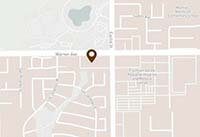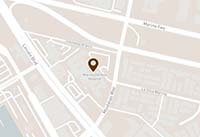Orbera Intragastric Balloon Information

1.Table of Contents
1. Table of Contents
2. Glossary
3. Introduction
3.1. About the ORBERA® Intragastric Balloon
3.2. Who can receive ORBERA®?
3.3. Who cannot receive ORBERA®?
4. Warnings and Precautions
4.1. Warnings
4.2. Precautions
5. Risk and Benefit Information
5.1. Risks Related to Endoscopic Procedures and Sedation
5.2. Possible Risks Related to ORBERA®
5.3. Benefits of ORBERA®
6. What to Expect - Procedures for ORBERA®
6.1. Placement of ORBERA®
6.2. Living with ORBERA®
6.2.1. Week 1
6.2.2. Week 2
6.3. ORBERA® Removal
6.3.1 Early ORBERA® Removal
6.3.2. Balloon Removal
6.3.3. After Balloon Removal Recommendations
6.3.4. Life after ORBERA®
7. Date of Printing
8. User Assistance Information
2. Glossary
Anesthesia
A medication that takes away pain from a part of your body or makes you sleep or feel sleepy so that you don’t feel pain during a medical procedure.
Anesthesiologist
A doctor specializing in the use of anesthesia for medical procedures. An anesthesiologist gives you the medication and checks your health while the medication is in your body.
Balloon Intolerance
Your body does not get used to the balloon and causes stomach upset and throwing up that does not get better with medicine. If this happens, the balloon may have to be removed before the six months.
Binge Eating Disorder
A serious eating condition in which you frequently eat unusually large amounts of food and feel unable to stop eating.
Body Mass Index (BMI)
A measure of body fat based upon height and
weight which is used to tell if your weight is in a
healthy range.
18–25 – healthy
25–30 – overweight
30 or above – obese
Bowel Obstruction
A possibly serious problem with your body where the intestines are blocked and bowel surgery may be required. If they become blocked, food and drink cannot pass through the body
Cholesterol
A type of fat in your blood. If you have too much cholesterol, it starts to build up in your blood vessels and can cause restricted blood flow, clots, or serious heart problems.
Clinical Study
A scientific trial to test new medicines or medical devices in a controlled way to find out how well they work.

Glossary
Diabetes
A disease that affects the way your body handles glucose, a kind of sugar, in your blood.
Endoscopy
A medical test where your doctors look inside your body using an endoscope.
Endoscope
A long, bendable tube with a tiny camera attached. The doctor moves it down your throat to see inside your stomach.
Endoscopic
Using an endoscope for a medical test or procedure.
Esophagus
The tube that carries food and liquids from your mouth to your stomach.
Gallstones
Stones that form in the gallbladder (a small organ where fluid from the liver is stored), which can cause a painful digestive problem.

Hypertension
High blood pressure.
Nutritionist
A trained person who helps others plan what foods to eat that are good for their health.
Obesity
A medical condition in which extra body fat builds up to the point that it may be unhealthy. People with a BMI of 30 and above are obese.
ORBERA® Intragastric Balloon
A balloon made of a soft, rubber-like material used to help with weight loss. It is designed to take up space in the stomach which means there is less space for food.
Perforation
A hole in an area of your digestive tract, such as esophagus, stomach or intestines.
Physiologist
A doctor who studies how different parts of the body work.
Run-in Patients
A group of 35 patients in the ORBERA® Clinical Study who had the ORBERA® balloon put in their stomachs and then removed right away. After the first ORBERA® was removed the doctor then placed the ORBERA® that stayed in their stomachs for 6 months. All doctors in the study did this so that they could gain experience with the ORBERA® procedure.
Saline
A solution of salt in water. Saline is used to fill the ORBERA® balloon.
Sedation
Medication used to make you feel sleepy and not feel pain during a medical test or procedure.
Side Effect
Something bad or harmful that can happen as a result of a medical treatment that may or may not be expected.

INTRODUCTION
ORBERA Gastric Balloon Introduction
About the ORBERA® Intragastric Balloon
The ORBERA® Intragastric Balloon is made to help you lose weight. ORBERA® is a balloon made of soft, smooth silicone rubber. The empty balloon is passed through your mouth, down your esophagus, and into your stomach. Once in place, it is filled with saline. It then becomes about the size of a grapefruit. The filled ORBERA® floats in your stomach and takes up space. (Figure 1).
From the beginning and six months after ORBERA® is removed, you will follow a healthy diet and exercise program. You may not lose weight if you do not follow the program.
Losing weight and keeping it off is not easy. A group of doctors, physiologists, and nutritionists will help you through your journey. They will help you make and keep changes in your eating and exercise habits.
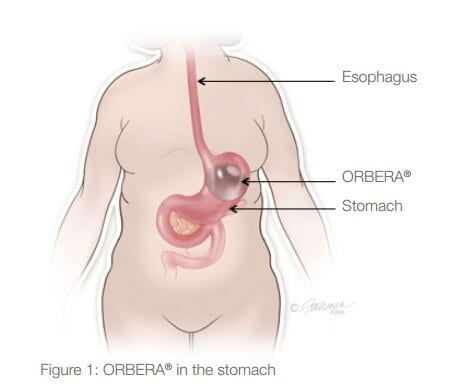
3.2. Who can receive ORBERA gastric balloon?
ORBERA® is for adults who are suffering from obesity and have not been able to lose weight and keep it off.
To receive ORBERA®, you must be willing to follow a 12-month program. The program begins with the use of ORBERA® and a healthy diet and exercise program for 6 months. That is followed by 6 more months of a healthy diet and exercise program without ORBERA® in your stomach.
Benefits of ORBERA Gastric Balloon
The benefits of ORBERA® were tested in a clinical study in the United States. The study looked at people with BMI between 30 and 40. People in the study received ORBERA® along with diet and exercise. They were compared with people who only used diet and exercise. The people who only used diet and exercise are called the Control group. Both groups had regular doctor visits during the study.
After 6 months with ORBERA®, patients in the study lost an average of 21.8 pounds as compared to patients in the Control group who lost an average of 7.0 pounds. Three (3) months after ORBERA® was removed (at 9 months), patients in the ORBERA® group weighed an average of 19.4 pounds less than when they got the ORBERA® balloon.
Six (6) months after ORBERA® was removed (at 12 months), patients in the ORBERA® group weighed an average of 16.2 pounds less than when they got the ORBERA® balloon. Weight loss for the Control group at 6 months and 9 months was 7.1 and 6.3 lbs, respectively

Both groups of patients in the study answered questions about their quality of life at baseline (before treatment) and at 9 months. At baseline the quality of life scores were similar for both the ORBERA® and Control groups. By 9 months (3 months after device removal) the scores in the ORBERA® group for physical functioning, role functioning, bodily pain, general health, social functioning, and vitality (ability to live and exist) were significantly improved; however, only physical functioning was significantly improved in the Control group.

What to Expect - Procedures for ORBERA Gastric Balloon
Your doctor will set a date for you to have the balloon placed in your stomach.
WARNING: Do not eat or drink anything for 12 hours before your appointment. Food or liquid in your stomach could enter your lungs and cause harm. If you have food in your stomach, you will have to wait until you can go 12 hours without food or drink. Ask your doctor about how to take medications during that time period.
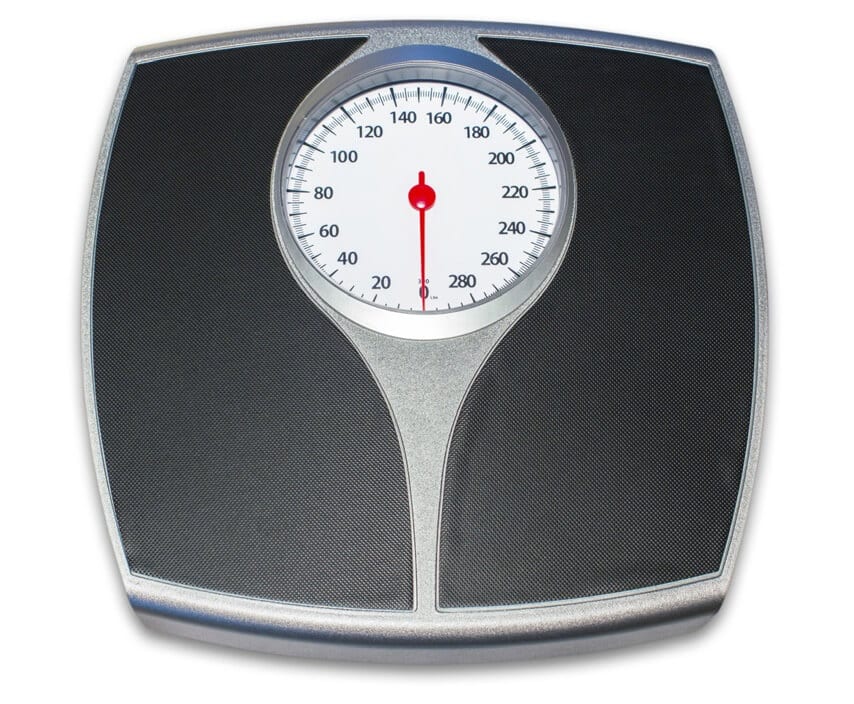
Placement of ORBERA Gastric Balloon
- Before the doctor places the balloon in your stomach, you will be weighed. Tell your doctor about any changes to your health, illnesses, eating habits, or medicines since your last visit. If you are a woman who could get pregnant, you will have a pregnancy test.
- You may be given medicine to help with nausea, vomiting, stomach pain, or cramping. These problems are normal. They happen as your stomach gets used to the balloon. They should only last for 1 to 2 weeks.
- You may be given medicine to help with any pain after the balloon is placed.
- When the balloon is in place, your doctor will fill it with saline.
- After the procedure, the doctor or nurse will watch you for a few hours. They will make sure that you are awake, can swallow, and can take sips of water before you go home.
WHAT TO EXPECT
On the day of placement:
DO NOT drive, use machinery or power tools, or make important decisions for 24 hours. You will have had sedation and your judgment will be affected without you knowing it. You may have accidents and make mistakes.
DO call your doctor if you have pain or redness at the area on your arm where the needle was placed for your IV fluids. If you don’t you could get a clot or swelling in the vein of your arm, which may cause pain.
DO call if you don’t urinate (pee) for 12 hours after going home from the clinic. This may mean that you are not getting enough fluids.
ORBERA® will stay in your stomach for 6 months (180 days). During this time and for 6 months after the balloon is removed, your doctor and nutritionist will help you change your eating and exercise habits.
Living with Orbera Gastric Balloon
Week 1
Right Away:
Your doctor will set a date for you to have the balloon placed in your stomach.
- Your doctor may give you medicine for pain, stomach cramps, nausea, and stomach acid. Have prescriptions filled before you get home. Follow all doctor’s orders for taking medicines.
- DO NOT drive, use machinery or power tools, or make important decisions for 24 hours. You will have had sedation and your judgment will be affected without you knowing it. You may have accidents and make mistakes.
- Keep your Patient ID Card with you at all times when you leave home.

WHAT TO EXPECT
First 24 Hours:
Your doctor will set a date for you to have the balloon placed in your stomach.
- You should drink clear liquids (broth, gelatin, ice chips, water, apple juice, coffee, tea). Warm liquids, such as broth, may be better than cold drinks. Do not drink carbonated drinks (soda or pop), which can cause gas and bloating.
- Drink at least 8 cups of liquid per day. Drinking liquids keeps you from becoming dehydrated and constipated. Start by taking small sips. Wait a minute or two between sips. Slowly take more with each sip. Drink only 1/3 cup at a time.
- Sit upright for 3 to 4 hours after drinking. If resting, use a recliner rather than lying flat.
- Do not drink more than one cup of coffee or caffeine drinks per day. Caffeine can cause you to become dehydrated. It can cause cramps or diarrhea.

First 3 Days:
Your doctor will set a date for you to have the balloon placed in your stomach.
- Rest for 72 hours (3 days) after the balloon is placed. Walking and other light activities are allowed.
CAUTION: You may have nausea and vomiting as you become more active or begin to eat more. If this happens, cut back on your activities and return to liquids. Take medicine as directed by your doctor
CAUTION: You may feel dizzy if you stand up or move too quickly. Stand up slowly so you do not fall.
First Week:
- Follow your doctor’s instructions about what to eat and drink. For the first week, continue the liquid diet. Work with your nutritionist and doctor about what to eat and drink. You may drink meal replacement shakes.
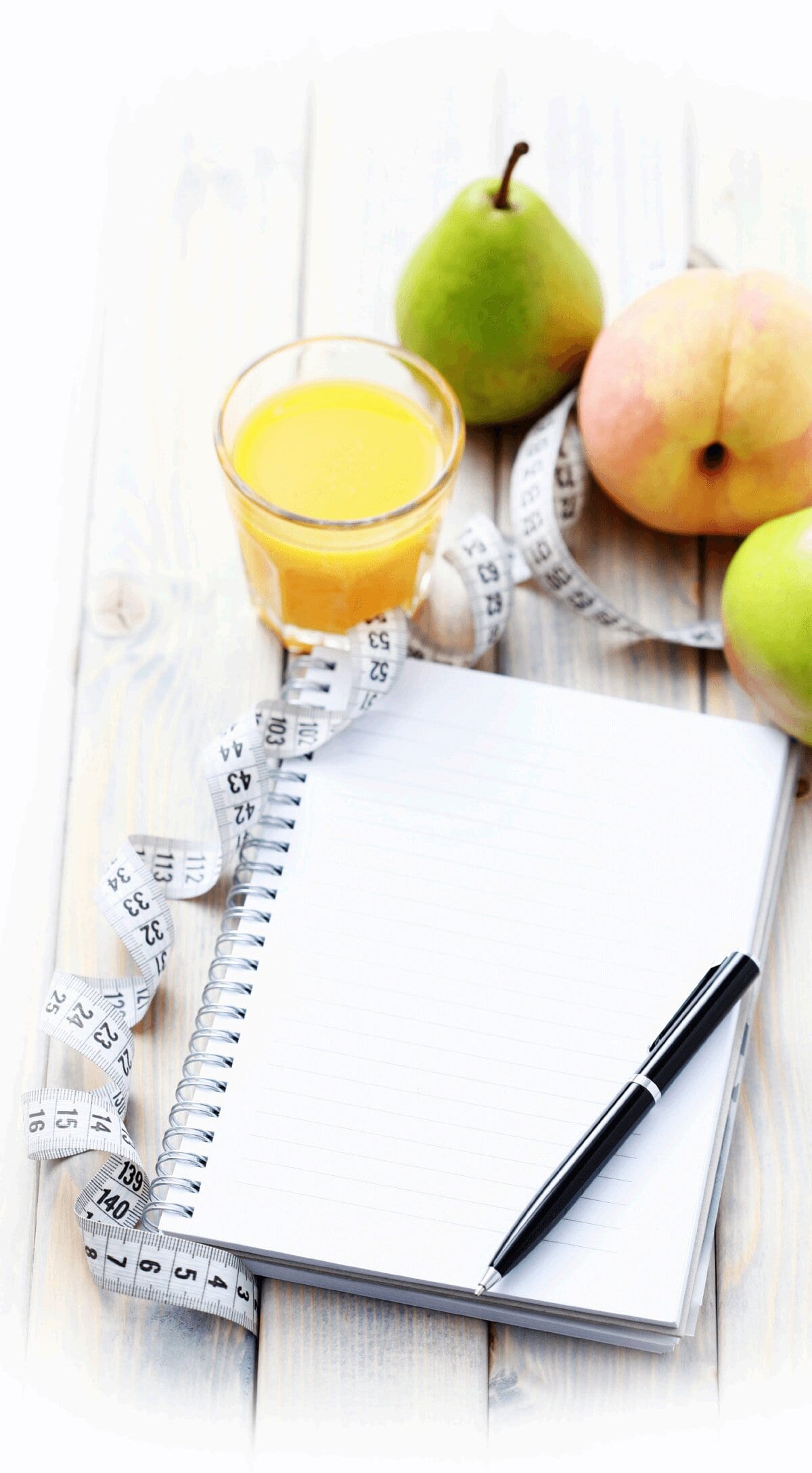
WHAT TO EXPECT
Living with Orbera Gastric Balloon
Week 2
At the beginning of week 2, start eating pureed foods. Talk to your nutritionist or doctor about what foods to eat and when to introduce new or solid foods.
Chew slowly and thoroughly. Each meal should take about 15 to 20 minutes, but no longer than 40 minutes to eat.
Continue to drink at least 8 cups of liquid a day.
Pay close attention to how you feel before, during, and after meals. Stop eating as soon as you feel full or have any discomfort at the breastbone (front center of the chest). This means that you may not need to eat everything on your plate.
WARNING: If you ignore these feelings, you may have heartburn, vomiting, or pain.

WARNING: Call your doctor if you have any concerns about your health or well-being during this time or if you notice:
•Nausea or throwing up that is worse than it was right after the balloon was put in
• Coughing, spitting, or throwing up blood
• Bloody or black stools, diarrhea, or constipation
• Stomach pain becoming worse or swelling of the belly (Note: It is normal to feel some swelling after the balloon is put in)
• Burping or heartburn that is new or worse than it was right after the balloon was put in
• No longer feeling full, like you did when the balloon was first put in
• You are gaining weight instead of losing weight, or you are eating more than usual
• Severe persistent stomach pain / back pain combined with nausea or vomiting. These may be signs that your stomach is not emptying correctly or that you have an irritation of your pancreas.
• Intense abdominal pain, feel as though your stomach may be swollen (with or without discomfort), have difficulty breathing, persistent and untreatable nausea and/or vomiting. These could indicate there may be an issue with your balloon.
• Chest pain, painful swallowing or painful breathing, which could be signs of a tear or whole in your esophagus.
• Severe, steady abdominal pain which may make it difficult for you to take a deep breath or move around. These could be signs that you have a perforation in your stomach.
After you can eat solid foods, work with your nutritionist to find a diet and exercise plan to follow
While ORBERA® is in your stomach, your nutritionist and physiologist will check with you to help you with diet and exercise. It is a good idea to write down what you eat and how much you exercise. This will help them find a plan that works best for you.
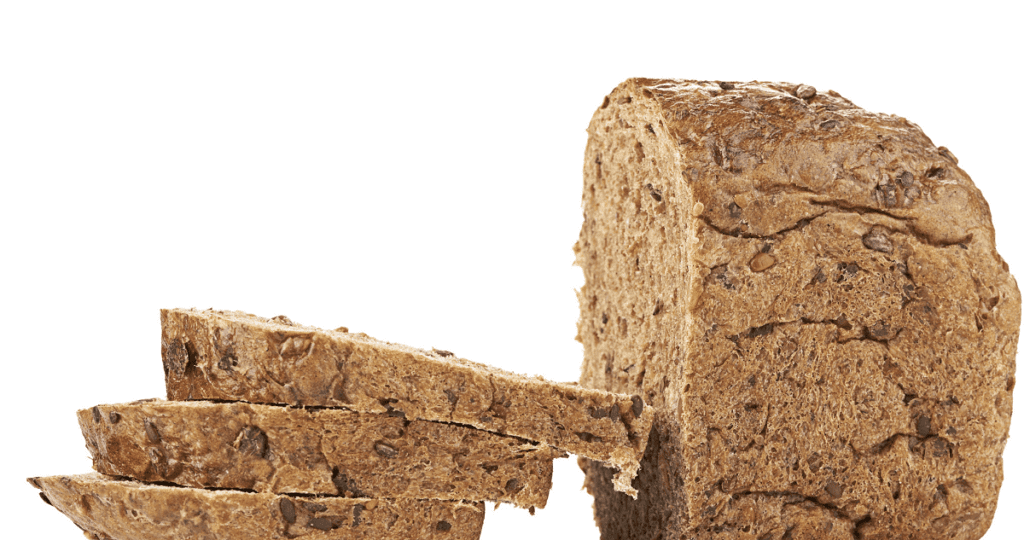
WHAT TO EXPECT
ORBERA Gastric Balloon Removal
Early ORBERA Gastric Balloon Removal
Your ORBERA® balloon may have to be removed before the planned six months of weight loss treatment. The most common reason for the balloon to be taken out of your stomach is because you are unable to tolerate the balloon.
The balloon works by slowing down how your stomach drains food and juices. In some people the stomach stops draining completely. This will cause you to have a very upset stomach and to throw up, sometimes after only drinking small amounts of fluids. If your stomach has stopped draining, these symptoms will not go away even with advice your doctor has given you.
If this happens, the balloon must be removed before the planned removal time. Leaving the balloon in your stomach can lead to more serious issues, including death. Your doctors will take special care to remove the balloon in this situation such that any food or fluids remaining in your stomach do not get into your lungs.
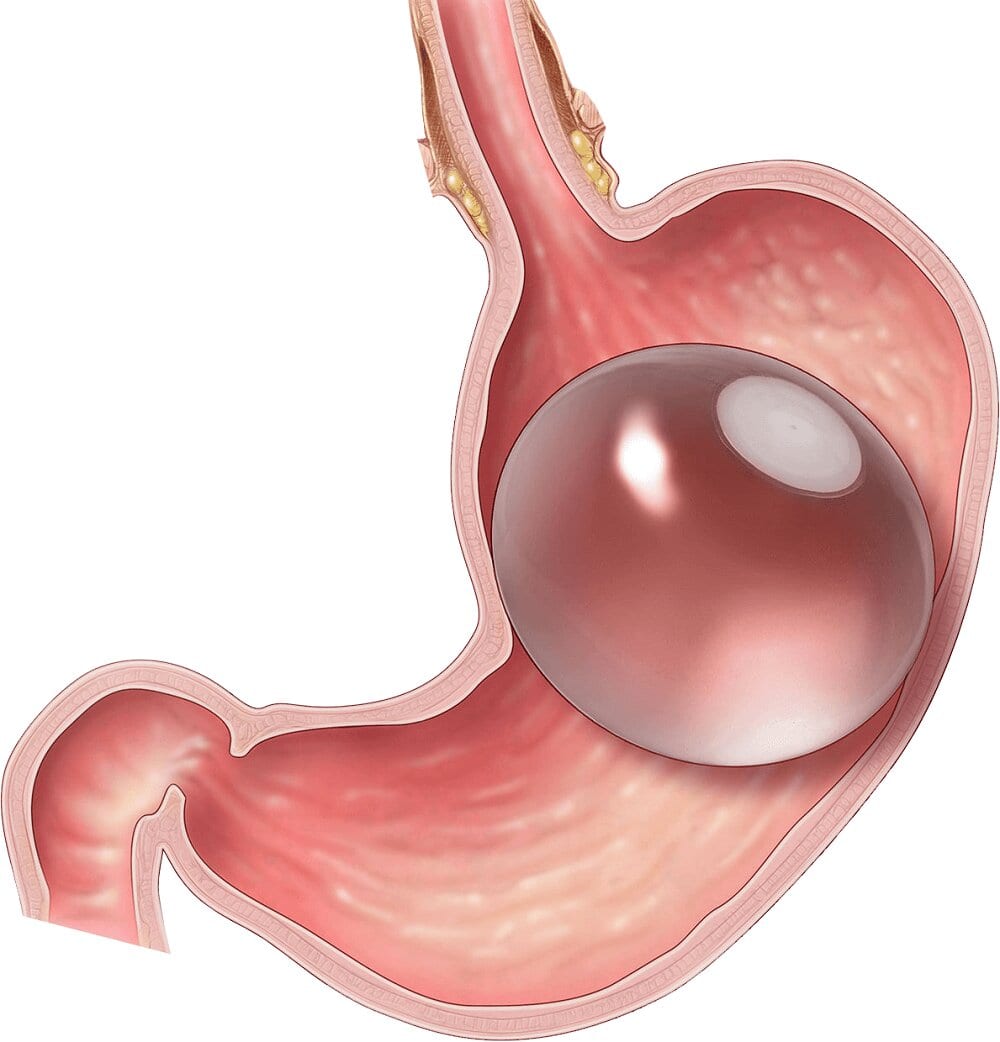
Other potential reasons for an early balloon removal may include, but are not limited to, spontaneous inflation, inflammation of the pancreas, and the development of a hole or perforation in the esophagus or stomach.
ORBERA Gastric Balloon Removal
YOU MUST have your ORBERA® removed no later than 6 months (180 days) after it is placed. The balloon can deflate if it is left in place longer than 6 months (a deflated balloon can cause death from bowel obstruction or other health problems).
To remove your balloon, your doctor will do an endoscopic procedure or surgery.
Before balloon removal you will be given sedative medications to make you feel sleepy and not feel pain during the procedure. Then your doctor will use an endoscopic tool to deflate the balloon. It will be removed through your mouth.
The doctor or nurse will watch you for a few hours. They will make sure that you are awake, can swallow, and can take sips of water. Most people go home the same day the balloon is removed.
WARNING: Do not eat solid foods for 48 hours or drink liquids for 12 hours before your ORBERA® is removed. Food or liquid in your stomach can enter your lungs and cause harm. If you have food in your stomach, you will have to wait until you can go 48 hours without food. Ask your doctor about how to take medications during that time period. Note that if you still have retained food or liquid in your stomach, you may require placement of a nasogastric tube to decompress your stomach prior to balloon removal.

After ORBERA Gastric Balloon Removal Recommendations
DO NOT drive, use machinery or power tools, or make important decisions for 24 hours. You will have had sedation and your judgment will be affected without you knowing it. You may have accidents and make mistakes
Rest for 72 hours (3 days) after the balloon is removed. Walking and other light activities are allowed. If you feel dizzy, stand up slowly so you do not fall.
For the first 24 hours, follow a clear liquid diet (broth, gelatin, ice chips, water, apple juice, coffee, tea). Warm liquids, such as broth, may be better than cold drinks. Do not drink carbonated drinks (soda or pop), which can cause gas and bloating.
Call your doctor if you notice:
• Fever or chills
• Nausea or throwing up that does not stop
• Coughing, spitting, or throwing up blood
• Bloody or black stools (bowel movement)
• Stomach pain which is getting worse
• Pain or redness at the area on your arm where the needle was placed for your IV fluids
• No urination (pee) for 12 hours after going home from the clinic

WHAT TO EXPECT
Life After ORBERA Gastric Balloon
For 6 months after ORBERA® is removed, you must follow a healthy diet and exercise program. If you do not continue your diet and exercise, you may not lose weight or maintain the weight you have lost already
With ORBERA® you get a weight loss tool, and a chance to learn a new way to feel about food. Losing weight and keeping it off is not easy and can take a team effort. Your doctor, physiologist, and nutritionist will help you through your journey. They will help you with your eating and exercise habits. Be sure to follow up with your doctor and nutritionist to help you maintain your weight loss.





